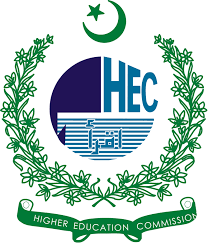CORRELATION OF MULTIDETECTOR COMPUTED TOMOGRAPHY AND TRANSTHORACIC ECHOCARDIOGRAPHY IN THE DIAGNOSIS OF CONGENITAL CYANOTIC HEART DISEASES
DOI:
https://doi.org/10.71146/kjmr207Keywords:
Pediatric Cardiology, Congenital Cyanotic Heart Diseases, Echocardiography, Multidetector Computed Tomography AngiographyAbstract
Background: Congenital Cyanotic Heart Diseases (CCHDs) are among the most common birth defects in newborns, with Tetralogy of Fallot (TOF) being the most frequent type, affecting about three in every 10,000 live births.
Objective: This study aims to evaluate the diagnostic accuracy of echocardiography compared to multidetector computed tomography angiography (MDCTA) in diagnosing CCHDs.
Methodology: Conducted between June and October 2024 at Chughtai Lab and Health Care in Lahore, this descriptive cross-sectional study included 122 patients diagnosed with CCHDs using both echocardiography and MDCTA. Echocardiographic assessments were performed with a GE Vivid 7 ultrasonography system, while MDCT scans were carried out using Toshiba's Aquilion® system. Data analysis involved Pearson's correlation coefficient to compare the two imaging techniques.
Results: The study evaluated 122 participants with an average age of 68 months. The correlation analysis revealed strong agreements between echocardiography and MDCTA measurements, especially for cardiac morphology (Pearson correlation coefficient of 0.929, p < 0.001). Both imaging methods consistently identified atrial septal defect (ASD), ventricular septal defect (VSD), and double outlet right ventricle (DORV).
Conclusion: While MDCTA is highly accurate in visualizing extracardiac abnormalities, echocardiography remains the most effective tool for detecting intracardiac anomalies. Both methods are reliable for diagnosing structural heart defects in children with CCHDs.
Downloads

Downloads
Published
Issue
Section
License
Copyright (c) 2025 Bilal Ahamd, Ramsha Ashraf, Chanda Naseem, Kalim ullah, Siraj Ali, Mohsin Raza (Author)

This work is licensed under a Creative Commons Attribution 4.0 International License.






